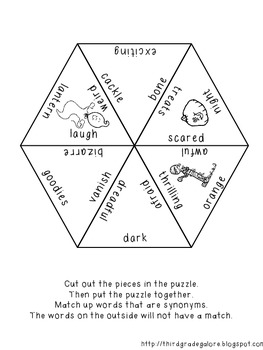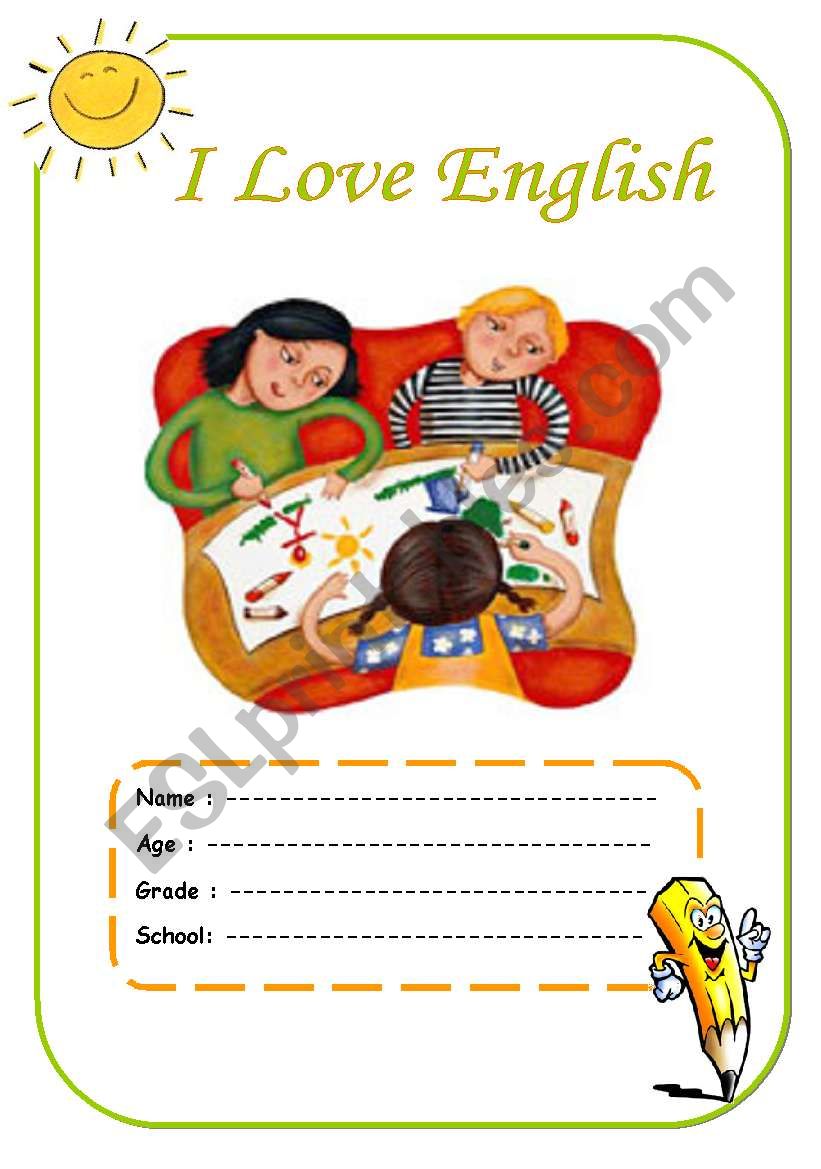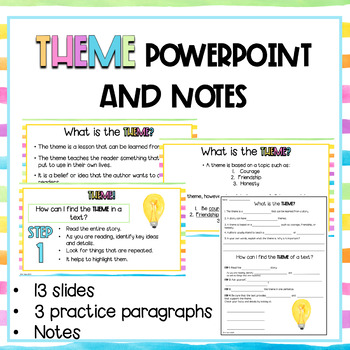Eighth grade is an educational year that serves as the most important platform for high school for any student. During this grade, the students need to put all their efforts in studies to have a successful future. Eighth graders should have a strong grip on writing and must be creative with the ideas while they write anything. This file contains a complete set of writing checklists/rubrics for 8th grade narrative, argumentative, and informative/expository writing. Each checklist includes the main writing standard, as well as the standards that fall under the main writing standard. All standards are written using the sam.

8th Grade English Language Arts - Writing Standards
To work on eighth grade writing standards, click on the numbers below to visit pages of internet resources for each of the learning standards.
Checks for Understanding are at the top of this page. Scroll down to find internet resources related to the State Performance Indicators (SPIs).
Checks for Understanding (Formative/Summative Assessment) | |
| 0801.3.1 | Modes and Genres - Write in a variety of modes and genres, including description, narration, exposition, persuasion, literary response, personal expression, and imaginative. |
| 0801.3.2 | Prompts - Practice writing to expository prompts within a specified time. |
| 0801.3.3 | Create Work-Related Texts - Texts such as instructions, directions, letters, memos, and reports. |
| 0801.3.4 | Topic - Develop focused, appropriate, and interesting topics for writing. |
| 0801.3.5 | Thesis - Create a thesis statement and include relevant facts, details, reasons, and examples that support the thesis. |
| 0801.3.6 | Needs of Audience - Develop relevant details or reasons in a manner that meets the needs of the audience and purpose. |
| 0801.3.7 | Appropriate Structures - Organize writing using structures appropriate for the topic, and meet the needs of the audience (e.g., If using an anecdote to provide an example, use chronological order with sufficient time signals for the reader to follow easily). |
| 0801.3.8 | Organization - Use appropriate and effective words and phrases to indicate the organizational pattern (e.g., problem-solution, with order of steps necessary indicated in the solution). |
| 0801.3.9 | Text Features - Use text features (e.g., headings, subheadings, formatting) as appropriate to signal simple relationships between ideas. |
| 0801.3.10 | Appropriate Vocabulary - Use appropriate vocabulary, sentence, and usage to distinguish between formal and informal language. |
| 0801.3.11 | Figurative Language - Use strong verbs and figurative language (e.g., metaphors, similes) for emphasis or creative effect as appropriate to the purpose. |
| 0801.3.12 | Sentence Structure - Use correct sentence structures that are appropriate for audience and purpose. |
| 0801.3.13 | Syntactic Structures - Incorporate some variety of syntactic structures for effect when appropriate (e.g., modifying phrases, parenthetical expressions). |
| 0801.3.14 | Tone - Edit to craft a tone that is appropriate for the topic and audience, and supports the purpose. |
| 0801.3.15 | Point of View - Use language that conveys the writer's point of view. |
| 0801.3.16 | Other Sources - When other sources are used or referenced (such as in research, informational essays, or literary essays) adhere to the following: |
| 0801.3.17 | Notes - Generate notes on text, and identify main and supporting ideas. |
| 0801.3.18 | Edit - Edit writing for mechanics (punctuation, capitalization), spelling, grammar (e.g., consistent verb tense, noun and pronoun agreement). |
| 0801.3.19 | Revise - Drawing on reader's comments, revise papers to focus on topic or thesis, develop ideas, employ transitions, and identify a clear beginning and ending. |
| 0801.3.20 | Writing Rubric - Demonstrate confidence in using the Writing Assessment Rubric while evaluating one's own writing and the writing of others. |
| 0801.3.21 | Software - Use relatively basic software programs (e.g., Word, PowerPoint) to write more challenging texts and create graphics to present ideas visually and in writing. |
| 0801.3.22 | Publication - Identify and explore opportunities for publication (e.g., local/national contests, Internet web sites, newspapers, periodicals, school displays). |
State Performance Indicators | |
| SPI 0801.3.1 | Purpose - Identify the purpose for writing (i.e., to inform, to describe, to explain, to persuade). |
| SPI 0801.3.2 | Audience - Identify the targeted audience for a selected passage. |
| SPI 0801.3.3 | Appropriate Thesis - Select an appropriate thesis statement for a writing sample. |
| SPI 0801.3.4 | Coherent Order - Rearrange multi-paragraphed work in a logical and coherent order. |
| SPI 0801.3.5 | Transitions - Select appropriate time-order or transitional words/phrases to enhance the flow of a writing sample. |
| SPI 0801.3.6 | Supporting Sentences - Choose the supporting sentence that best fits the context and flow of ideas in a paragraph. |
| SPI 0801.3.7 | Irrelevant Sentences - Identify sentences irrelevant to a paragraph's theme or flow. |
| SPI 0801.3.8 | Vivid Words - Select vivid words to strengthen a description (adjective or adverb) within a writing sample or passage. |
| SPI 0801.3.9 | Illustrations - Select illustrations, explanations, anecdotes, descriptions and/or facts to support key ideas. |
| SPI 0801.3.10 | Title - Select an appropriate title that reflects the topic of a written selection. |
| SPI 0801.3.11 | Mode - Identify individual written selections as technical, narrative, persuasive, and/or descriptive in mode. |
| SPI 0801.3.12 | Graphic Organizer - Complete a graphic organizer (i.e., clustering, listing, mapping, webbing) with information from notes for a writing selection. |
| SPI 0801.3.13 | Format - Select the most appropriate format for a work-related text. |
| Review Help | Resources to help review Eighth Grade English Language Arts standards |

Search Internet4Classrooms
Internet4classrooms is a collaborative effort by Susan Brooks and Bill Byles.
Authors: National Governors Association Center for Best Practices, Council of Chief State School Officers

Title: CCSS.ELA-Literacy.W.8.10 Write Routinely Over Extended Time Frames.. Writing - 8th Grade English Language Arts Common Core State Standards
Publisher: National Governors Association Center for Best Practices, Council of Chief State School Officers, Washington D.C.
MPEG-1 (Moving Picture Experts Group file extension) is a standard for lossy compression of audio and video. It is created to compress VHS-quality raw digital video and CD audio down to 1.5 Mbit/s without excessive quality loss, making video CDs, digital cable/satellite TV. Download free wmv to mpeg converter warebackstage.
7th Grade Ela Writing Standards
Copyright Date: 2010
(Page last edited 10/08/2017)
6th Grade Ela Writing Standards
- Alike or Different You Be the Judge - Expository writing lesson from the Beacon Lesson Plan Library
- All Across America - Lesson plan about preparing a travel guide for a cross-country journey [expository writing lesson]
- Creative Writing Prompts - Use the creative writing prompts and creative writing ideas to create stories, poems and other creative pieces from your imagination. Put your cursor on any of the 346 numbered prompts to see one.
- Expository Essay Collection - Prompts and examples
- Expository Prompts - Ms. Deborah Wimberly has nineteen prompts for her students posted at Teacher Web
- Expository prompts - Prompts that have personal connections between the writer and their ideas [from the Internet Archive]
- Imagination Prompt Generator - Click to get a new prompt
- Journal Writing Ideas - Hundreds of ideas from teachers.net
- Original WritingFix Prompt Generator - Click the button to be given a random prompt from their collection
- Proverbs: Wisdom Tales Without the Plot - Have students choose a familiar proverb and develop a story that can surround and carry that thought. Multicultural proverbs offer interesting insights into the universality of wisdom.
- The Expository Essay - Sample essays to study
- Writing Exercises - Six pages of writing prompts (20 to a page) some include pictures
- Writing Expository Introductions and Conclusions - Do's and don'ts of introductions and conclusions. [designed for grades 5-7]
- Writing Prompts - A collection of resources at Internet4Classrooms
- Writing Prompts: Journal Topics - 273 prompts in ten different categories from Can Teach

